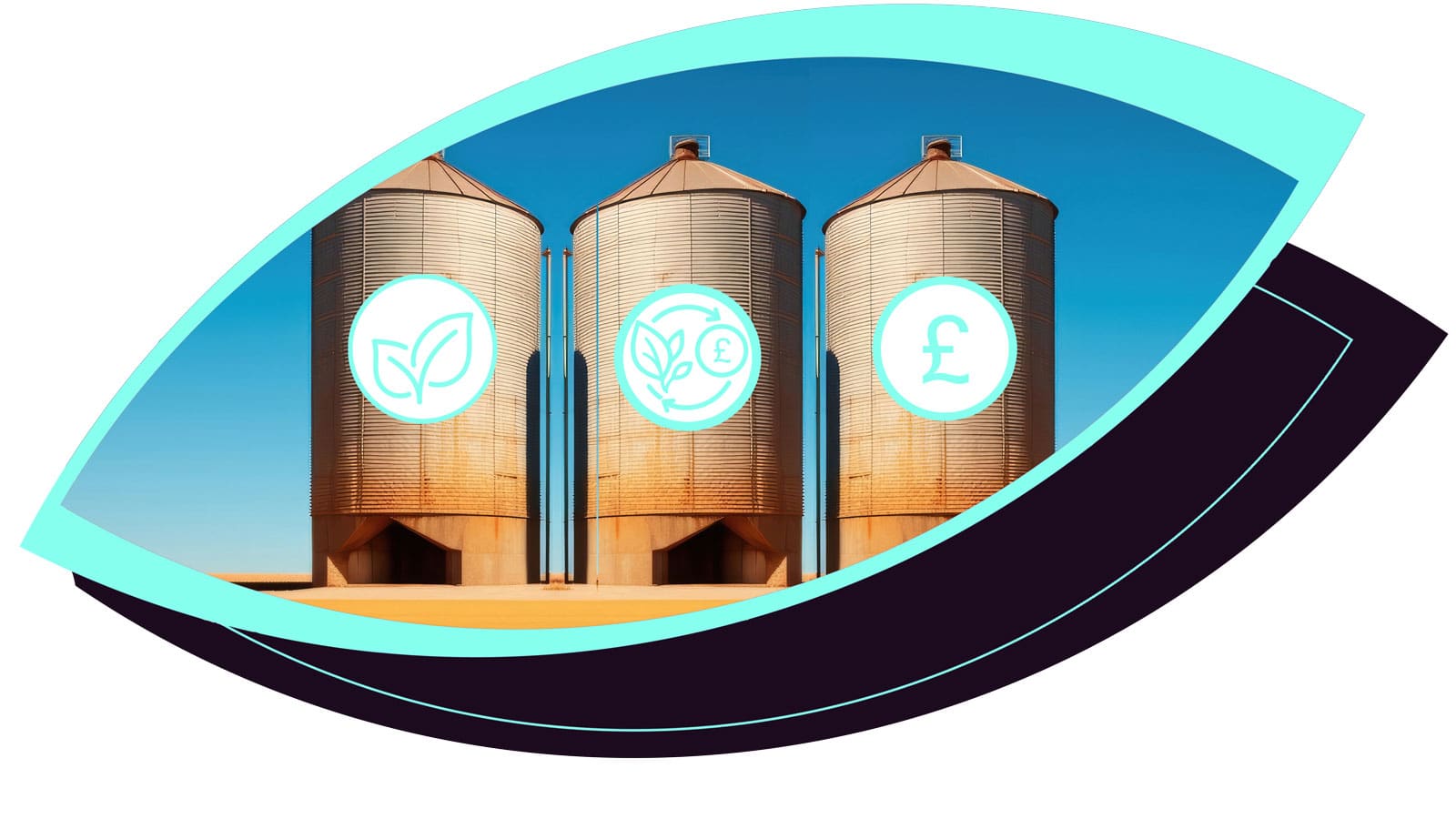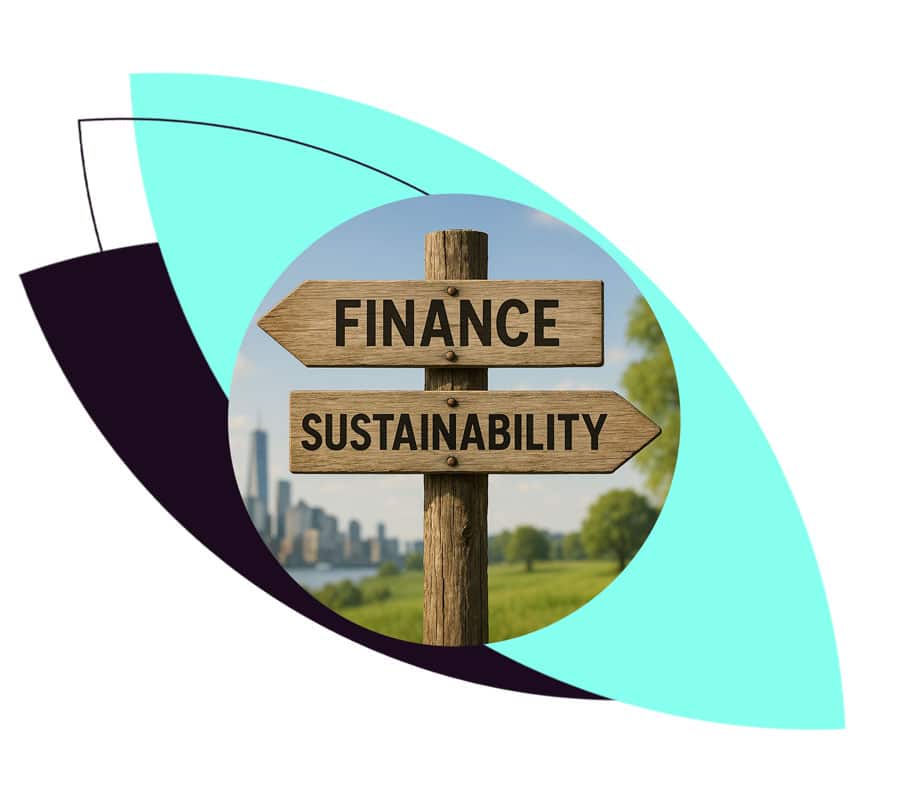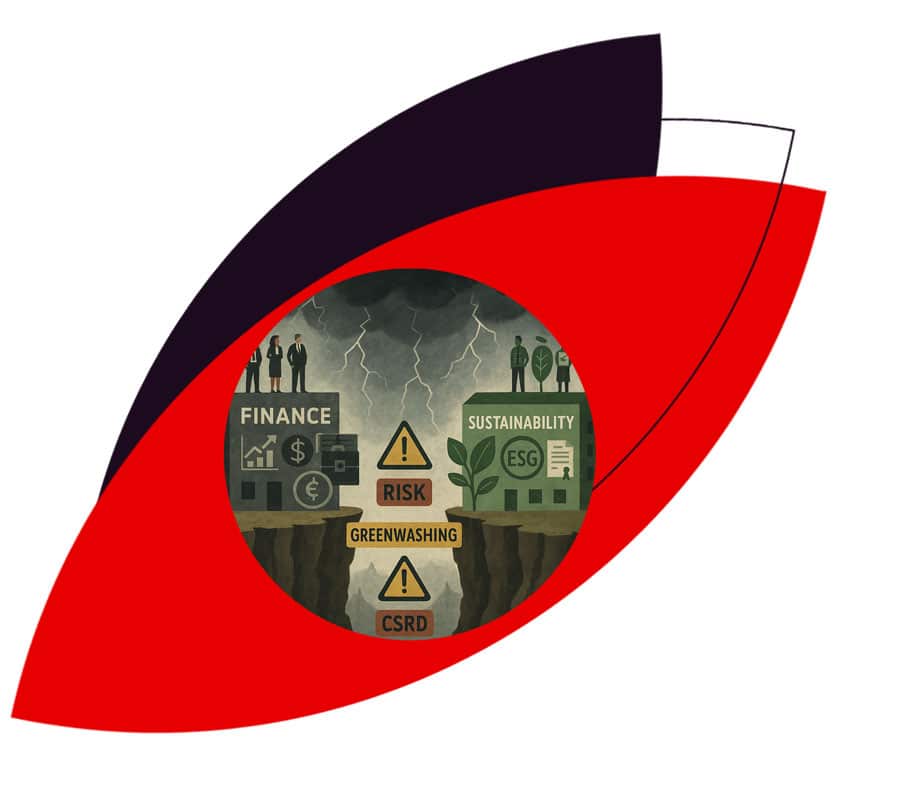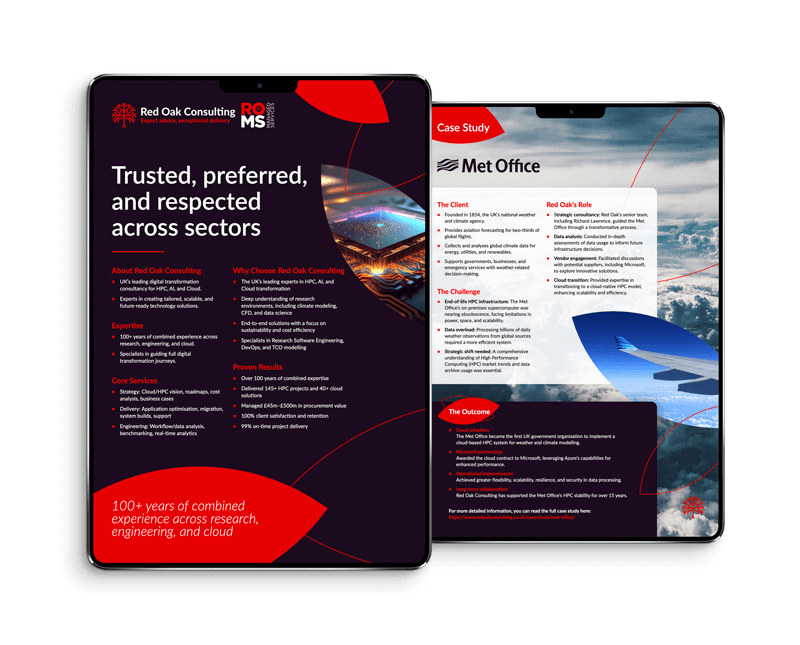Why These Teams Must Stop Working in Silos
 When I speak to people in sustainability roles, I often hear about the battles they face with finance teams. The conversations rarely go well, and in many companies, the inability to get finance on board becomes a major roadblock to securing top-level buy-in.
When I speak to people in sustainability roles, I often hear about the battles they face with finance teams. The conversations rarely go well, and in many companies, the inability to get finance on board becomes a major roadblock to securing top-level buy-in.
I lead something of a double life—one foot in spreadsheets, forecasts, and budgets; the other in strategy meetings, ESG goal tracking, and sustainability reporting. Wearing both hats—finance and sustainability—gives me a unique perspective. And what I’ve seen is this:
Finance and Sustainability: Pulling in Different Directions?
It often feels that way. Finance is focused on short-term performance, cost efficiency, and cash flow. Sustainability teams are focused on long-term risks, planetary boundaries, and 2030+ targets. Their timelines—and KPIs—are different. That alone creates friction.
Then there’s the issue of language. Finance professionals are trained to talk in terms of ROI, risk exposure, and shareholder value.
Sustainability professionals often come from scientific backgrounds and lead with facts and moral imperatives. “Doing the right thing” doesn’t always land when the room is expecting a business case.
And structurally, the teams are too often siloed. Outside of board-level discussions, finance and sustainability staff rarely sit in the same meetings.
Even how they define risk diverges—finance looking narrowly at short-term business continuity; sustainability thinking in systems, decades, and existential planetary threats.
Neither side is wrong. Finance protects financial health. Sustainability protects long-term resilience.
But when we’re using different lenses and metrics, alignment becomes difficult—and urgent.
Why This Disconnect Can’t Continue
 This misalignment is no longer just an internal pain point—it’s a material business risk. Major investors like BlackRock are demanding greater sustainability transparency. CSRD and other regulations are reshaping reporting.
This misalignment is no longer just an internal pain point—it’s a material business risk. Major investors like BlackRock are demanding greater sustainability transparency. CSRD and other regulations are reshaping reporting.
Regulators and consumers are cracking down on greenwashing. ESG is not a “nice to have” anymore.
And yet many organisations still allow these two critical functions to operate in isolation.
Holding Both Roles: What I’ve Learned
Having responsibility for both finance and sustainability has been transformative.
Finance taught me how organisations really work—how decisions are made, how priorities are set, and how success is measured.
It sharpens your understanding of trade-offs and accountability.
Sustainability challenged me to think beyond the quarterly report—to ask whether the way we grow is viable, ethical, and future-fit.
I’ve come to see sustainability not just as a moral imperative, but as a driver of strategic advantage and resilience.
When these two mindsets are integrated, it becomes possible to build investment plans that deliver both environmental impact and financial value.
We can stop defaulting to “it’s too expensive” and instead ask: what risks are we avoiding? What future costs are we saving? What brand value are we preserving?
How Finance and Sustainability Can Work Better Together
- Find common ground
Finance and sustainability are both data-driven disciplines, and both love a spreadsheet. In fact, many sustainability metrics rely on financial data e.g., spend-based emissions reporting. Highlighting this shared dependency can help build trust and accuracy in both functions.Highlight to the finance teams if sustainability models and reporting are built using their data, as the more confidence they have in the data sources, the more reliance they can put on it.
- Integrate teams
Some organisations embed sustainability champions across departments or partner sustainability staff with other functions.Even if full integration isn’t possible, regular cross-functional calls can go a long way. At Red Oak, we hold regular meetings between our Strategy and Sustainability leads to stay aligned on direction and impact.
 Build shared language
Build shared language
Senior sustainability professionals must learn to speak the language of business. That means translating environmental risks into terms like return on investment, business risk, opportunity, and the cost of inaction.We need to remember that most senior executives are stewards of other people’s money and are expected to deliver returns, so proposals must show how they create or protect value.
Will it save costs over time? Avoid future risks or penalties? Support revenue or resilience?
If you can’t quantify it yet, partner with someone in finance to model it. Speaking their language is how you move good ideas forward.
- Understand and get involved in the budget process
Sustainability teams need to understand that once business budgets are set, it is hard to find funding for new projects.They need to get involved at the budget-setting stage and consider proposing “carbon budgets” or flexibility pots for sustainability projects, even if they haven’t been scoped in detail yet.
- Educate leadership
Many senior executives aren’t fully across the scale of climate and biodiversity risks. Investing time in training—like Carbon Literacy can be a game-changer.Education builds understanding, which builds urgency.
- Top-down direction
Ultimately, integration of finance and sustainability starts at the top.Boards and CEOs need to treat climate and ecological risks with the same seriousness as financial or operational risks. That clarity of purpose is what enables real change to happen.
A Better Model for Business
Not every company needs to combine the Head of Finance and Head of Sustainability roles—nor should they.
What we do need is for Heads of Sustainability to be in the room with Strategy and Operations, bringing forward well-evidenced proposals, and for Finance to be there to assess them through a risk and value lens as they do for these other departments.
That means the Head of Sustainability needs to be able to talk to Finance in the same way the Strategy or Ops lead can—with fluency in the business’s language.
It also starts in the boardroom, with the CEO/Directors getting clear on the sustainability risks and opportunities as they do with other areas of the business and ensuring that decisions consider the long-term.
Climate change, biodiversity loss, chemical pollution, declining public health—these aren’t distant issues. They are business-critical risks with real financial consequences, already visible on the horizon.
And to those who think they won’t be around to see the impacts: do it for your children. Do it for the generations who will have to navigate the world your decisions helped shape.

Sarah Read
Director of Finance & Sustainability
Red Oak Consulting


